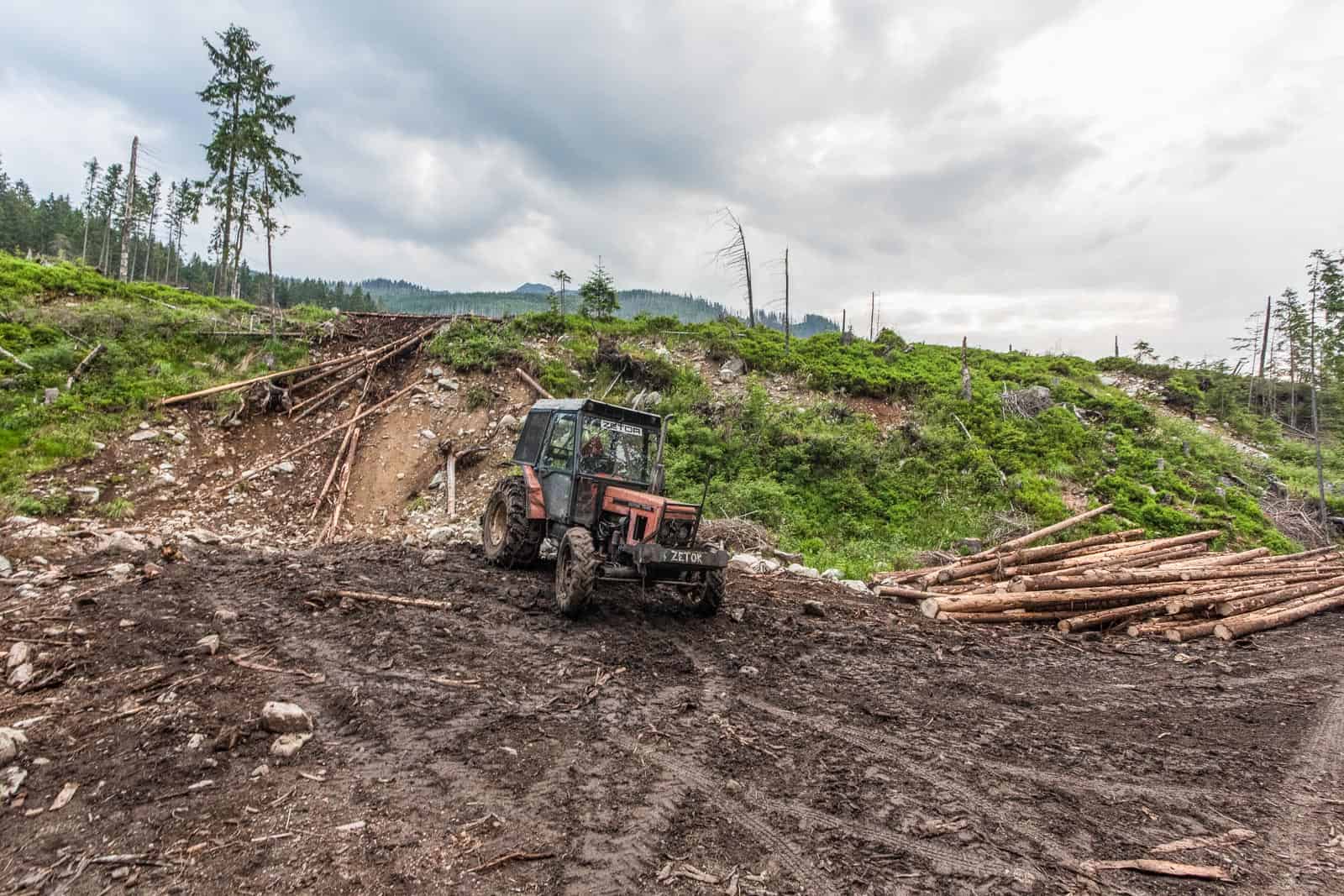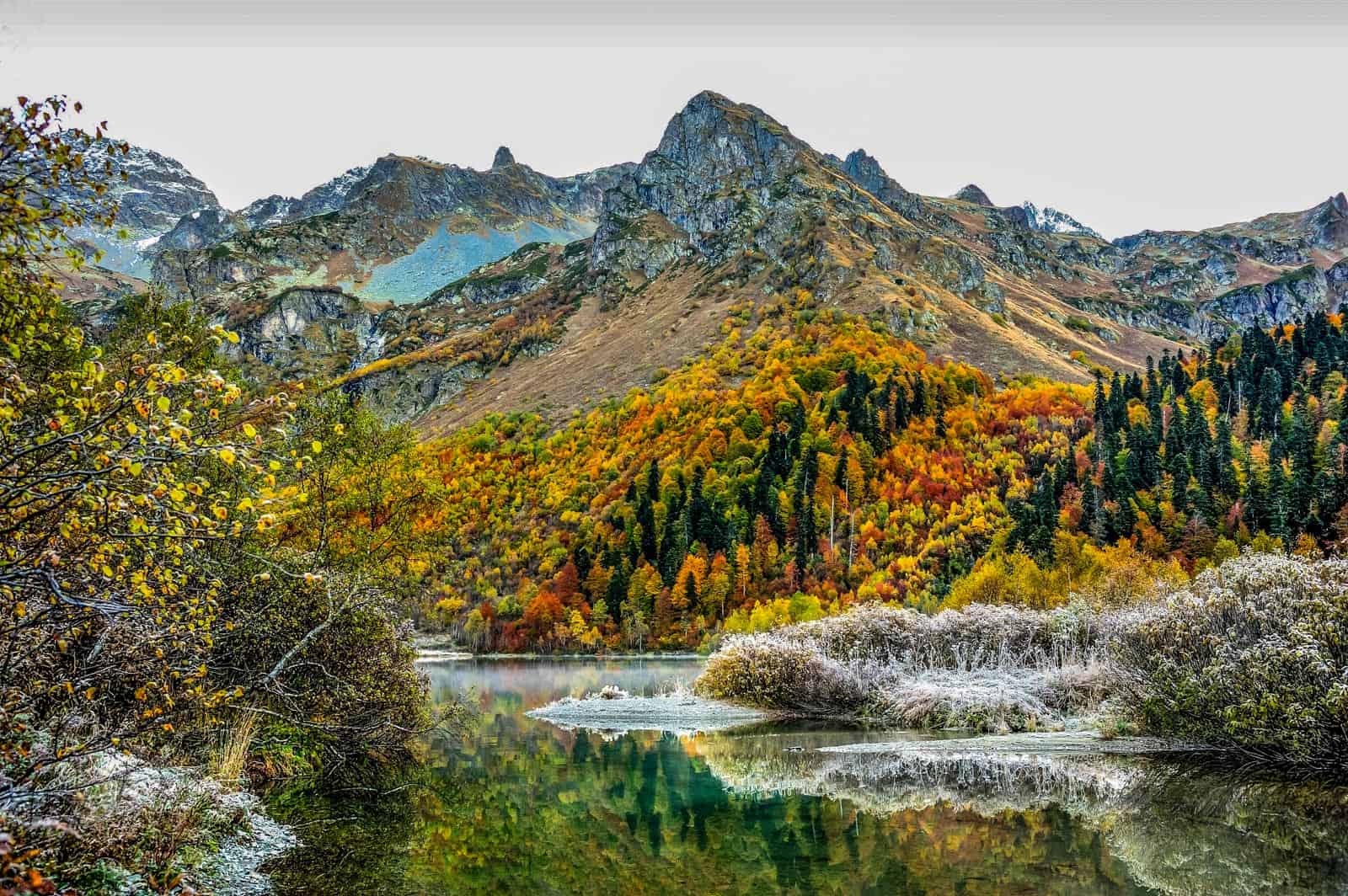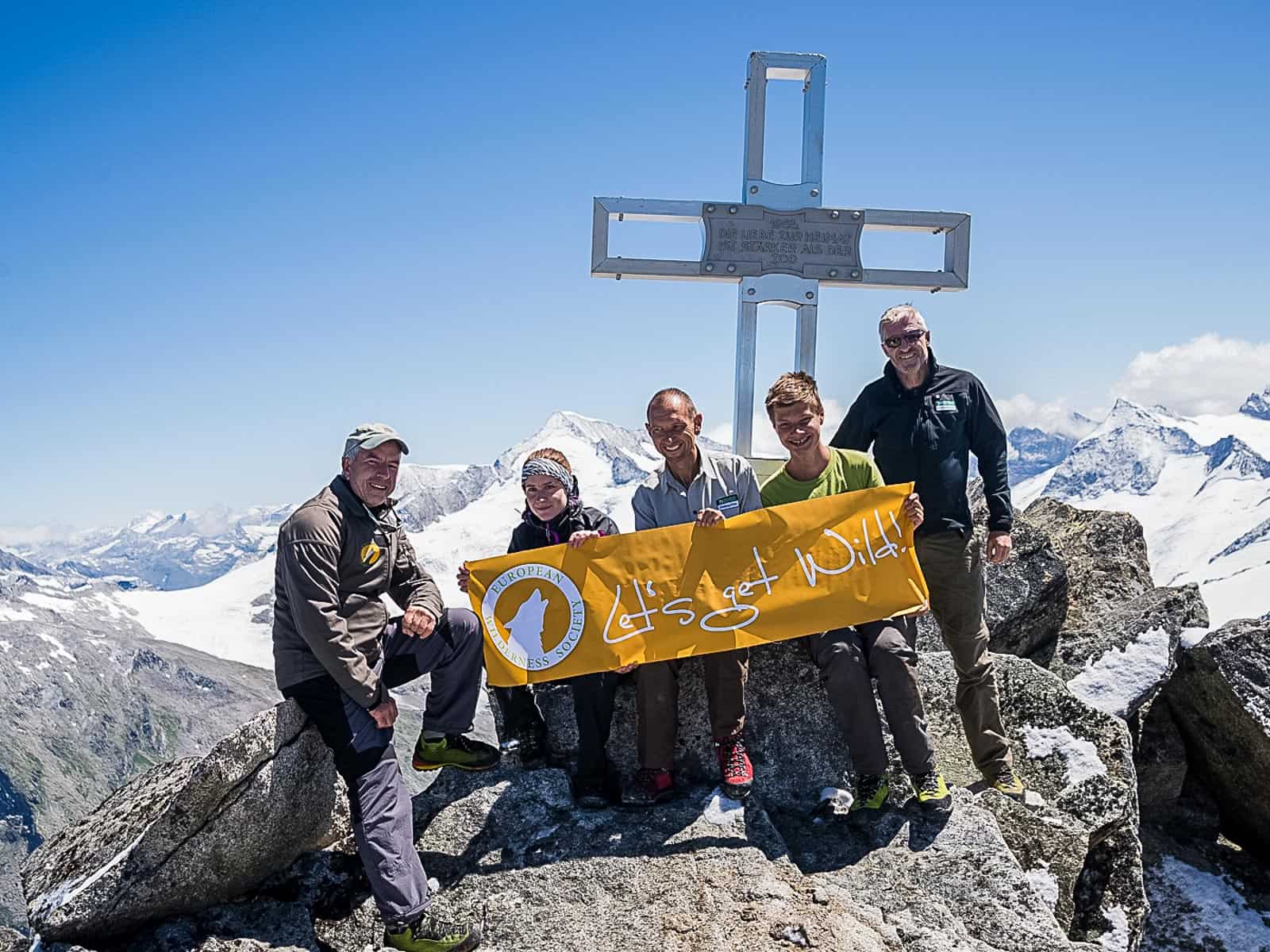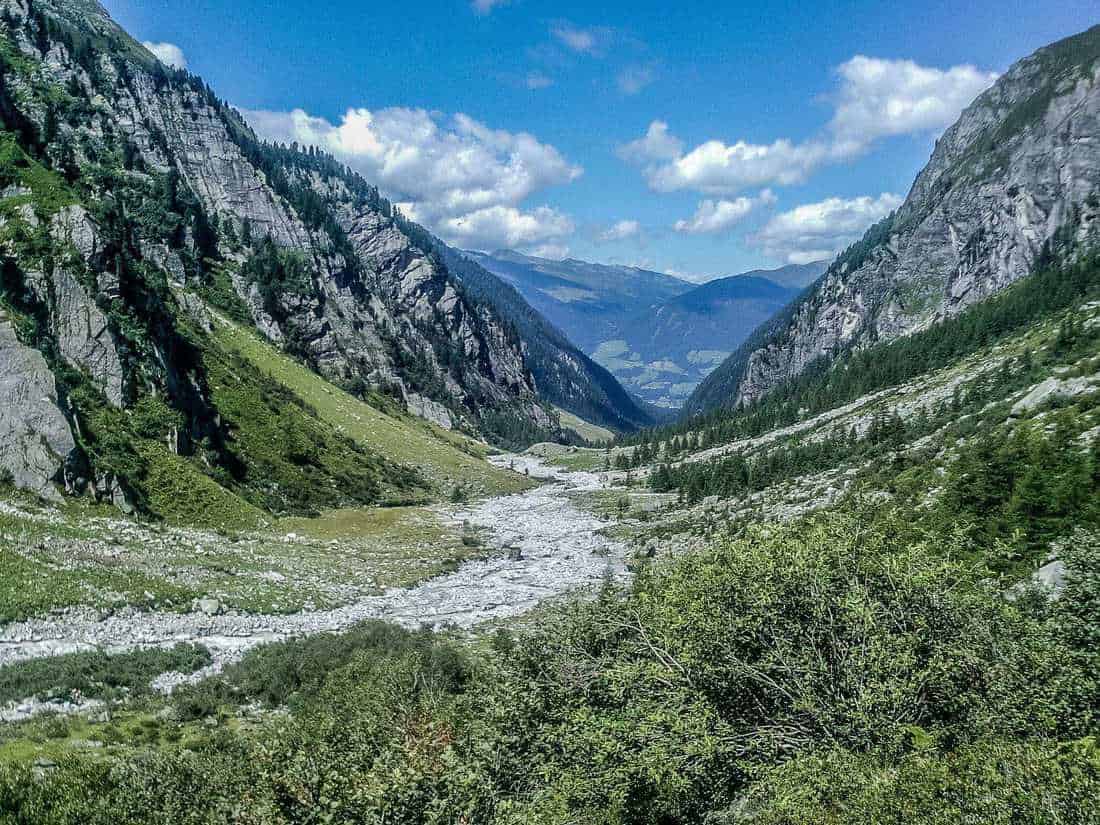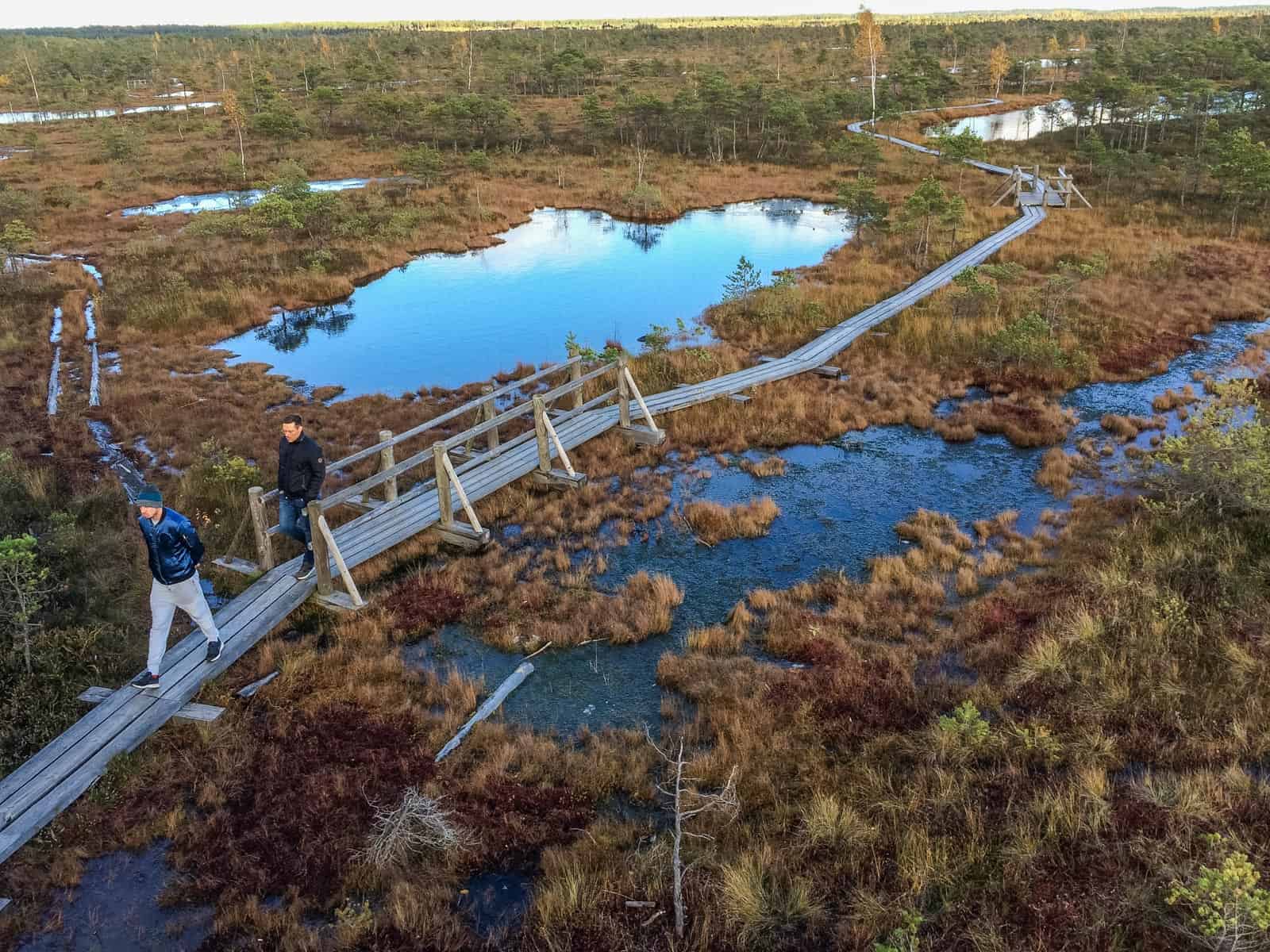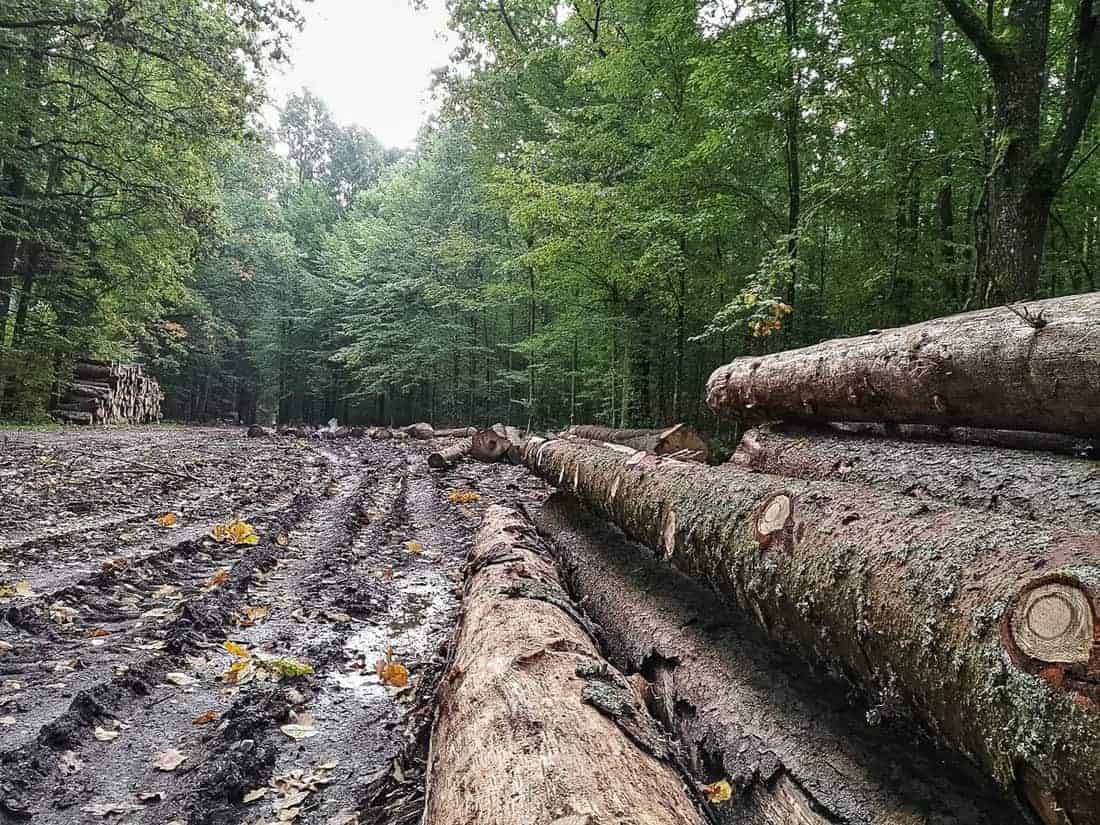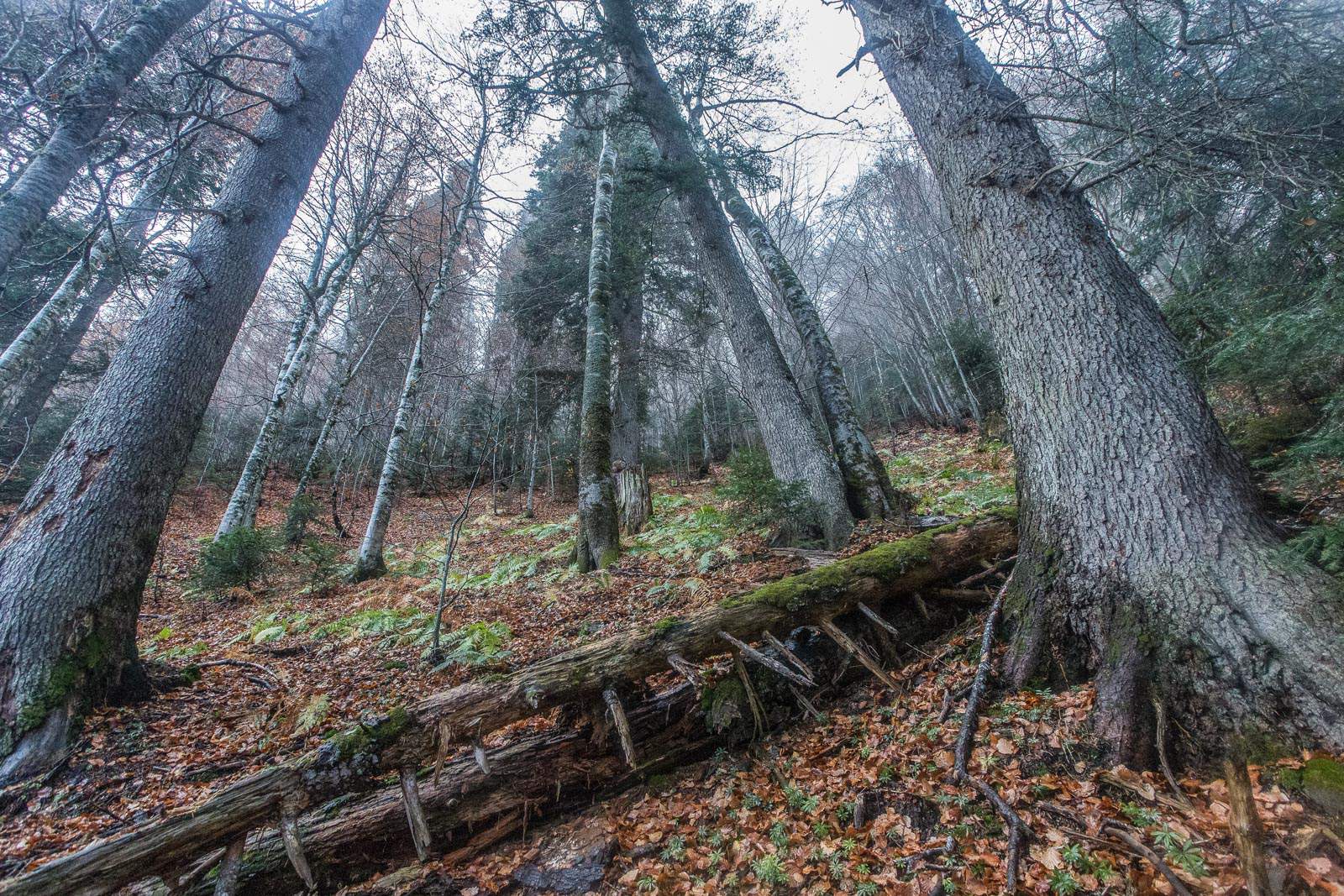Slovakian Wilderness under threat
Slovakia has a great potential to become an important partner in the quest to protect European Wilderness. There are some areas in the country under strict non-intervention regime already for several decades. According official statistics, Slovakia legally designated almost 2% of its territory to a non-intervention regime. This Slovakian Wilderness can be found mainly in the core zones of national and nature parks, but also in the smaller isolated strict reserves scattered all over the country.



However, reality is that the areas with non-intervention regime have been – particularly in the last years – subject to many exceptions from the non-intervention rule. The consequence is that previously strictly protected areas become more and more often subject of hidden exploitation.
It is important to highlight the importance of Wilderness as a model needed for research, biodiversity conservation and learning . All this must be done without issuing annually hundreds and hundreds of exceptions from the law as it was done in the previous years all over the Slovakian protected areas network.

Exceptions become the rule
A recent national regulation allows exceptions from otherwise prohibited activities even in strictly protected areas. This option in the regulation completely devalues the meaning and purpose of strictly protected areas. Proponents of the exceptions to the previous nature conservation law argued that they can use this legislative tool in cases of emergency (e.g. when human lives are under threat). Experience, particularly in the last years, revealed that this tool was dramatically misused. What was originally designed as an exception in case of emergency turned into a tool to systematically exploit forest resources in Slovakian Wilderness.

The regulation includes rules regarding forests on protected land to compensate the effects of windfall or insect infestations. However, these exceptions which meant to protect the forest were misused to cut down forests on hundreds of occasions. This leaves territory in the strictly protected areas heavily impacted by logging.
As we can see the interpretation of legislation is often pretty flexible and varies from country to country. To guarantee a quality standard, the international audit system is an important tool to prevent deterioration of European Wilderness.

New legislation for Slovakian Wilderness
After many years of discussion and political fights, on 1st January 2020 an amendment to the Nature Conservation Act finally came into effect. During the preparation process, this new legislation raised great expectations. For the first time, it promised on paper to transfer state land in protected areas from the administration of state forestry to the hands of state conservationists.
However, the approved version of the law brought embarrassing reactions. On one side, the approved amendment gave the state conservationists real powers. For example, up to now they have only been able to prevent logging in the fifth – the highest level of protection (core zones and reserves). Now their new competence has been extended to the whole territory of national parks and protected areas.
However, the most discussed issue – the transfer of state land in protected areas to the hands of state conservationists was in the last moment removed from the amendment. That brought a great disappointment among protected areas managers and all relevant partners focusing on protecting Slovakian Wilderness.
Fore more information, click here (in Slovak)

